Update 2024-03-05: This article has been closed for further comments. The follow up article can be found here.
Update 1-3-2024:
There is finally some news on resolving our blocking issue #1. With Venus beta release 3.30~10 it became possible to set input current as well as export current for systems having an Energy Meter. Please check the Peak shaving for ESS systems with an energy meter part on the details and how to configure it here: https://community.victronenergy.com/questions/265862/venus-os-v33010-available-for-testing.html
With this issue out to the way, we are getting real close to the official release.
Update: 22-2-2024:
With the new 3.20 release in between progress has been a bit slower than we'd wish, but I am happy to report that progress has been made on resolving the blocking issues. We are still testing with the fix for the first one and I hope to report a (beta) release of that one soon.
The second blocking issue has an update in the latest Venus beta release: 3.30~7. If you update to this release, the system should no longer offset discrepancies between the forecast and the actual consumption onto the grid. Meaning buying less power from the grid when the price is high.
If you want to use this, please update to the this release by setting the firmware update feed to "Beta release" and updating the GX device.
Welcome to the fourth update of Dynamic ESS (DESS) and (beta) VRM
It is about time for another update. Besides the previous post got so many comments that it got hard to keep track of it all. At the moment there are still two blocking issues, which prevent us from moving from BETA to release shortly.
Blocking issue #1: In a few test installs with Dynamic ESS, the main breaker, ie the one between the utility and the house, has tripped. For example when a EV was being charged at full power while at the same time Dynamic ESS was charging the battery. To prevent this, we’re implementing a new AC input current limit setting, for the connection point of the Energy Meter. Just like the traditional Victron PowerAssist and PowerControl features, the system will limit charging and/or use battery power to keep the AC currents within the configured limit. Both for import and for export. - See the 1-3-2024 update above.
This is not only for DESS, it is a generic ESS setting that can also be used for peak shaving. A very valuable and welcome new feature. More information on that will follow shortly in the v3.20 beta series.
Blocking issue #2: When prices are high, and solar or consumption forecasts don’t match reality, Dynamic ESS can still make for loads to be powered with that expensive utility power instead of being powered from the battery. We have a plan to fix that before release. Note that the related issue, charging with expensive utility power in case of forecast deviations has been solved a few weeks ago. - See the 22-2-2024 update above.
Then the other things that already got implemented during the last weeks:
- Dynamically determine when to apply grid or battery restrictions, so when prices are high, DESS doesn’t charge from the grid, when prices are low, it doesn’t sell to the grid
- Plot the fixed prices in the correct timezone in charts
- Show the correct settings on the summary page
- Correct yes/no on ’different prices in the weekend
- Show 00:00 to 23:59 instead of 00:00 to 00:00
- Take efficiency losses into account when simulating DESS and default ESS
- Support entering negative (fixed) prices
- Difficulty for users to change their formulas / settings due to the battery cycle cost fields
- Show all DESS graphs to users without solar
- Dynamic ESS on VRM taking Battery losses into account. The system looks at the dbus service com.victronenergy.settings, path Settings/DynamicEss/SystemEfficiency
- When you use Dynamic ESS but don’t have solar in your installation, you will now still see the energy graphs
Meanwhile, we’ll keep on adding more improvements and fixes until the blocking issues have been resolved and tested. Note that it, in order to keep track of the latest additions, please run the latest candidate firmware release.
For those of you who missed the original posts, and wonder what this is all about. Dynamic ESS is an algorithm that aims to minimise the costs made on the grid and battery. Please check the three previous posts on the subject for further information.
You can get started with it on beta-VRM via Settings → Dynamic ESS.
There is a concept manual. All feedback can be provided below.
Note that Dynamic ESS applies mostly to countries in Europe that work with so-called “day ahead pricing”. For fixed priced contracts, the VRM version can also be used outside these countries.
For those of you who aren’t familiar with beta VRM, you can log in through this link with your normal credentials.
A webinar about this subject has been held on the 26th of September. The recording of the webinar can be found on our YouTube tech channel: https://youtu.be/YU9jXyfM-eI

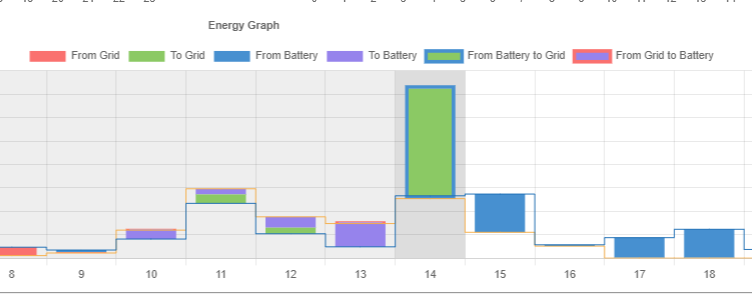
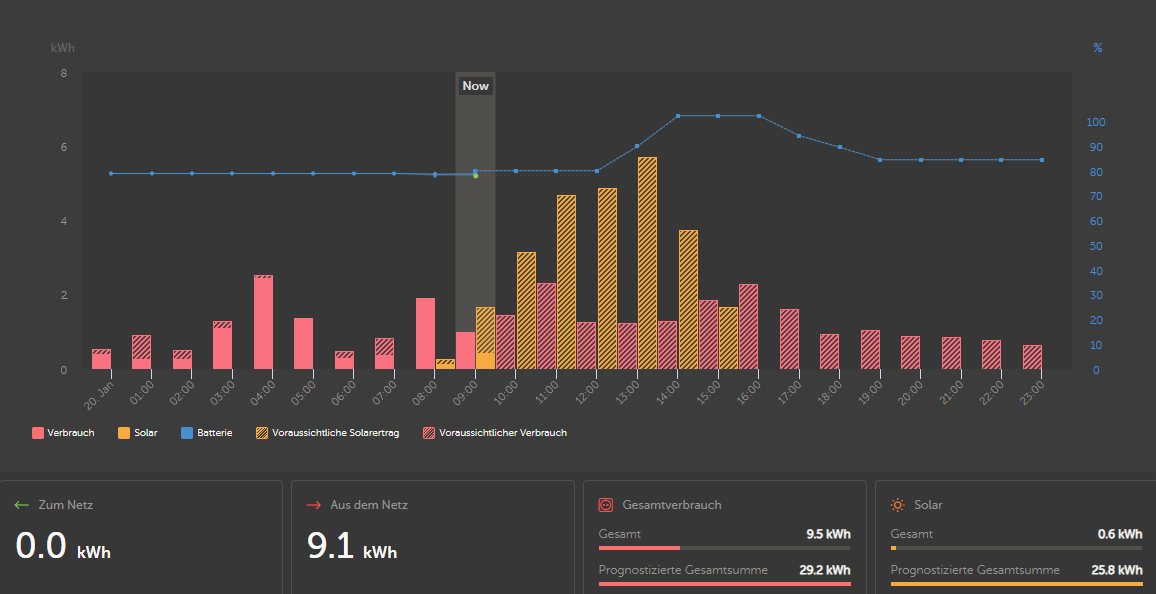
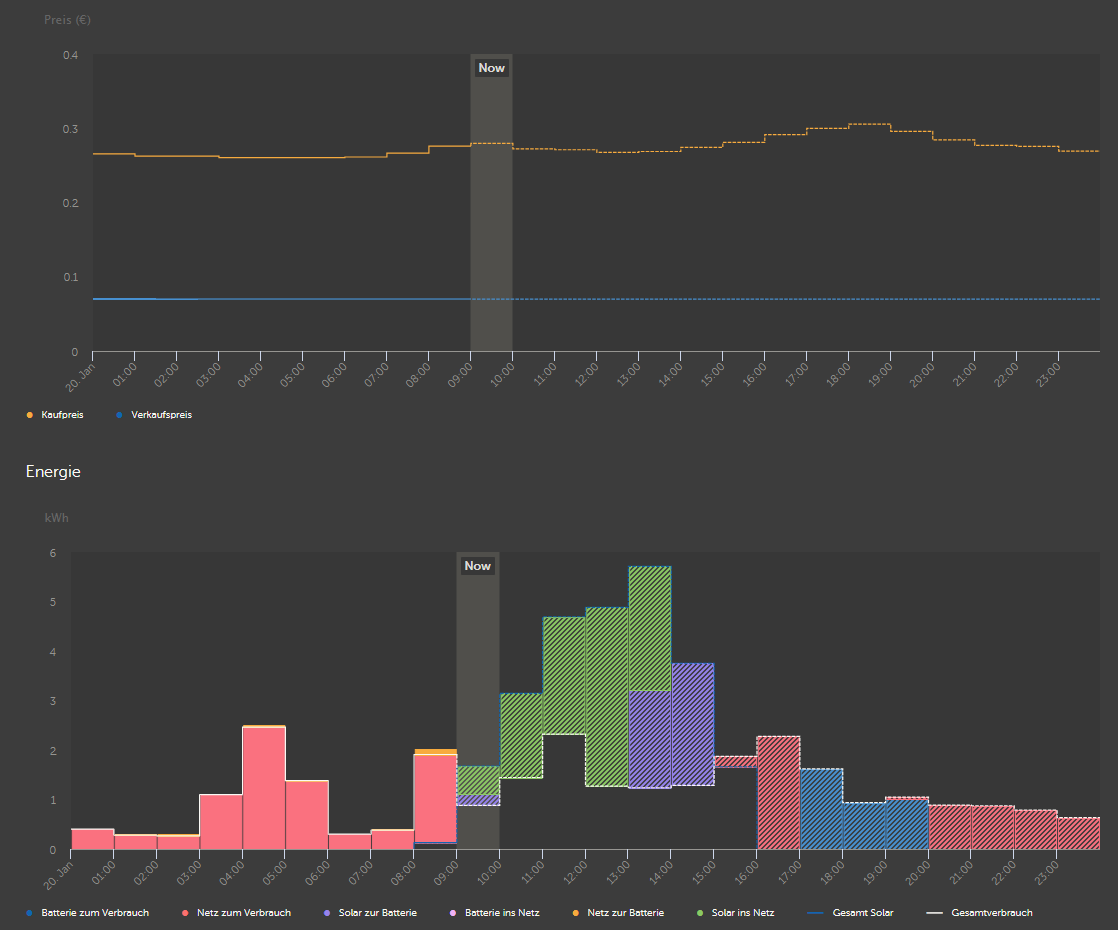

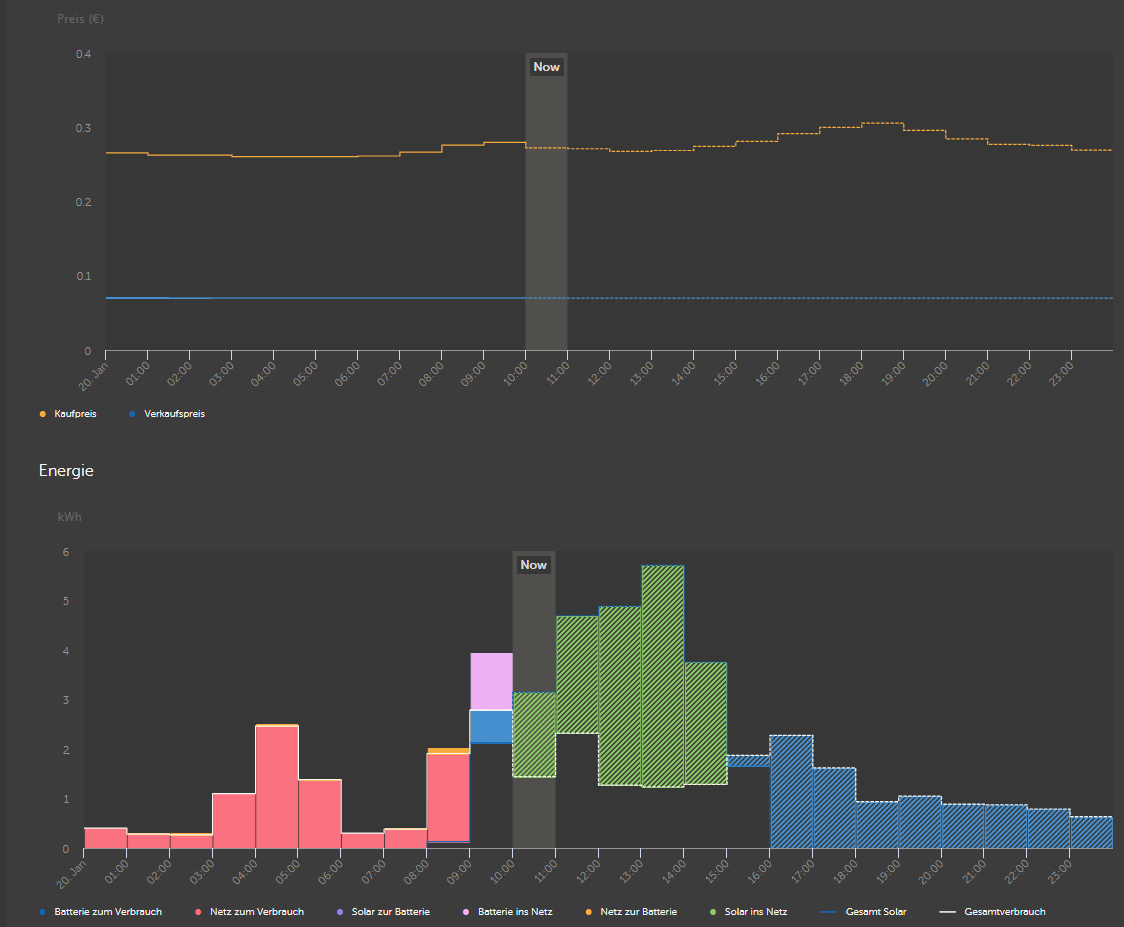
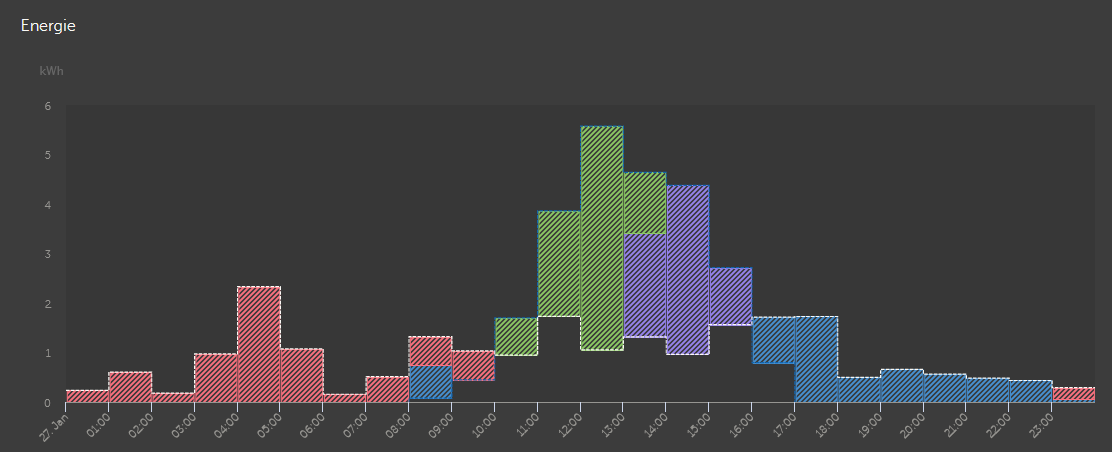
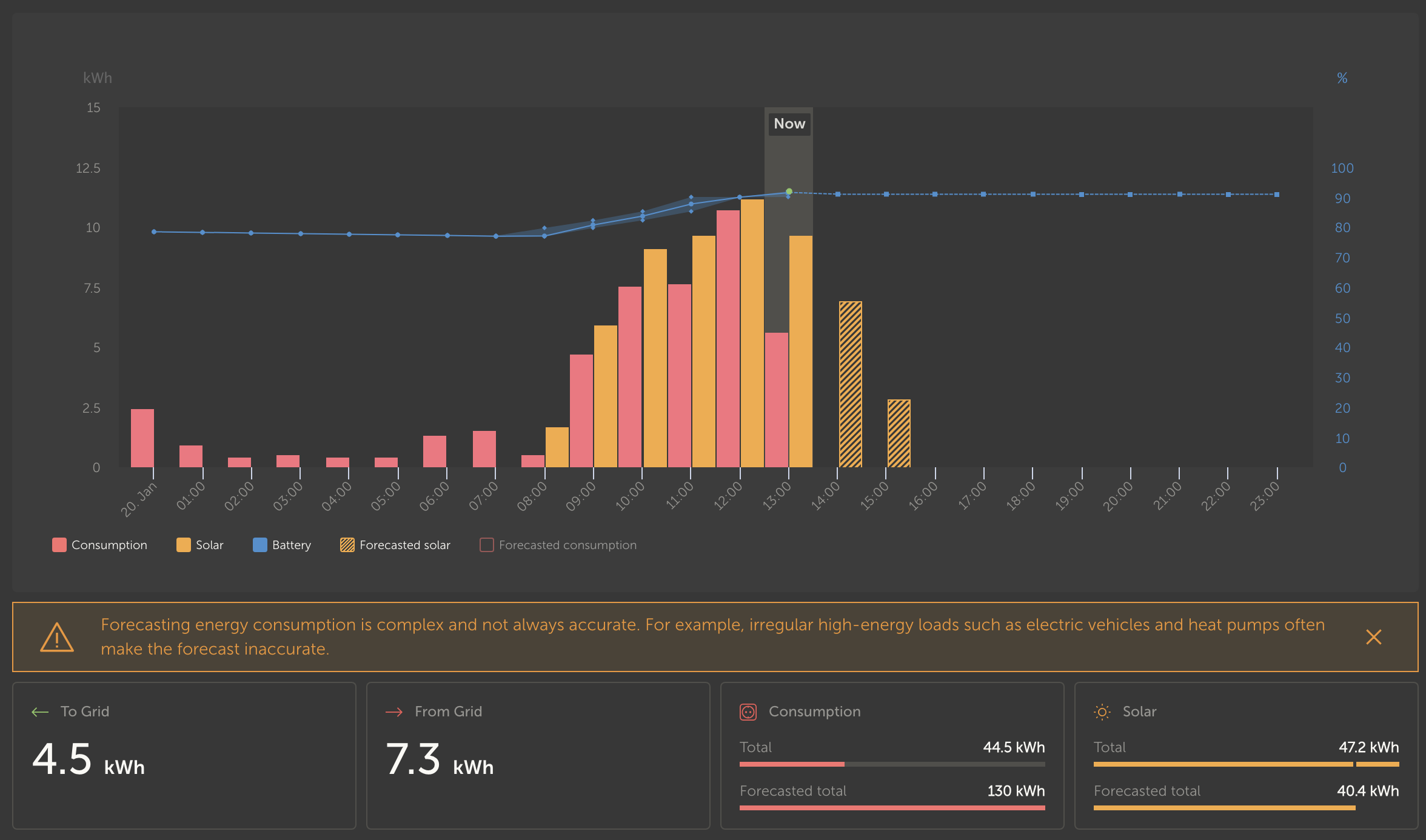 Target SOC is not being adjusted to higher value... because it thinks it will get it done by the end of the day? I think most Lithoum systems are confgured to to balancing only at the top end, so charging to 100% only at the very end of the day would shorten the balancing period to a minimum - might be advisable to prioritize that somehow. It seems the target SOC does not take PV power beyond the forecast into account? So it THINKS it cannot get over said SOC while actually more energy is being generated than forecasted which then actually overflows into the grid. This could probably be handled easily...
Target SOC is not being adjusted to higher value... because it thinks it will get it done by the end of the day? I think most Lithoum systems are confgured to to balancing only at the top end, so charging to 100% only at the very end of the day would shorten the balancing period to a minimum - might be advisable to prioritize that somehow. It seems the target SOC does not take PV power beyond the forecast into account? So it THINKS it cannot get over said SOC while actually more energy is being generated than forecasted which then actually overflows into the grid. This could probably be handled easily...



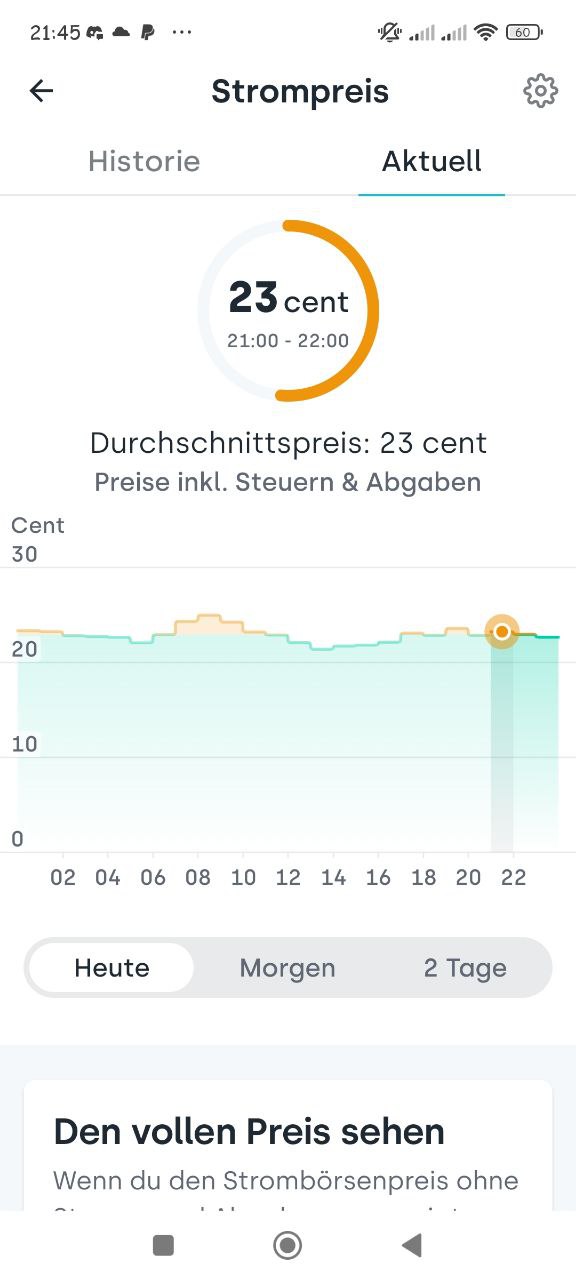


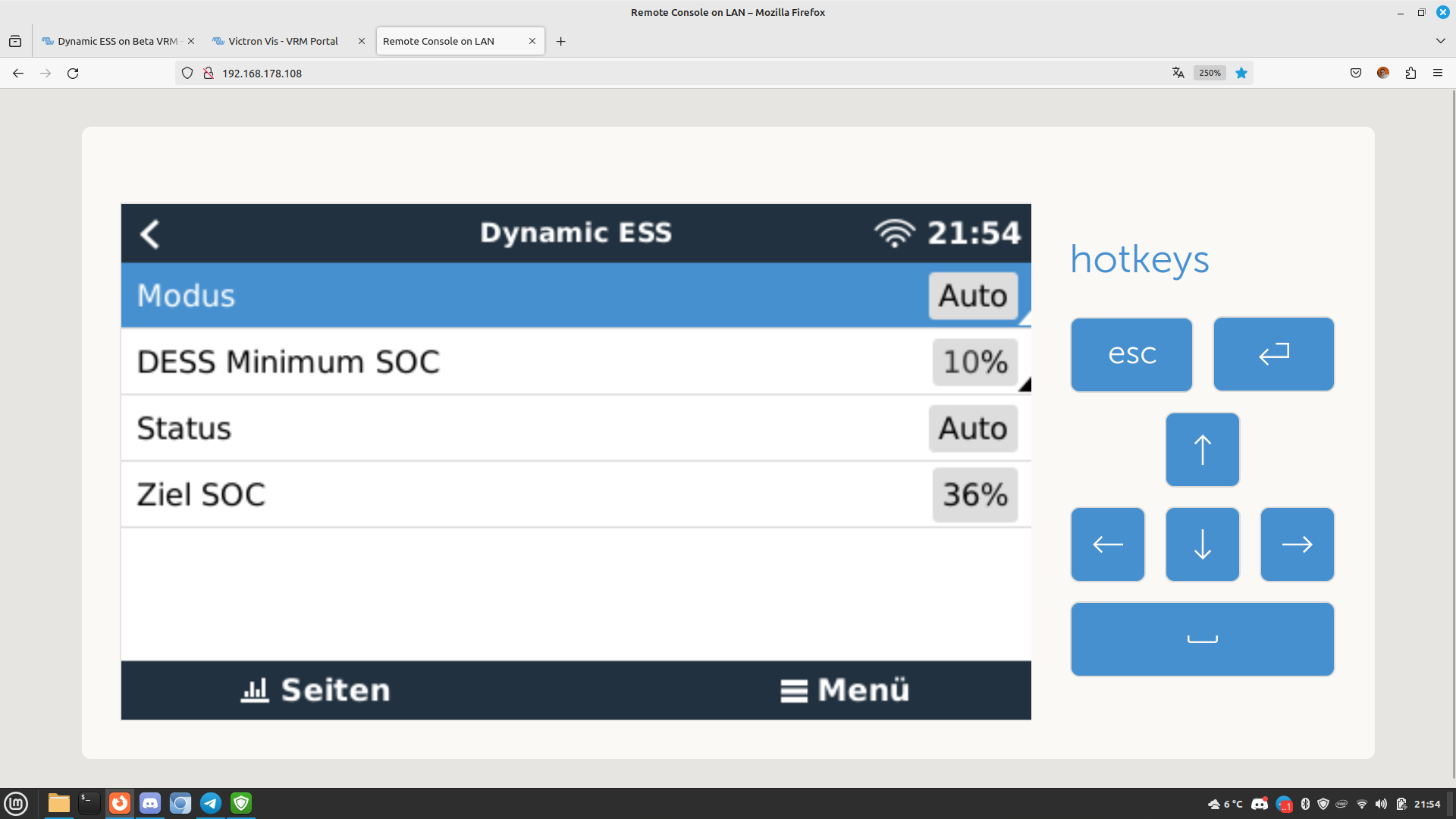 Ich verstehe es einfach nicht.
Ich verstehe es einfach nicht.